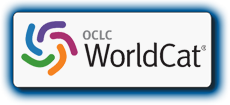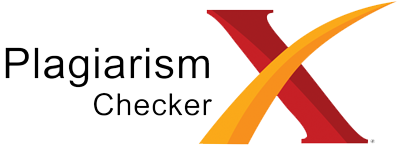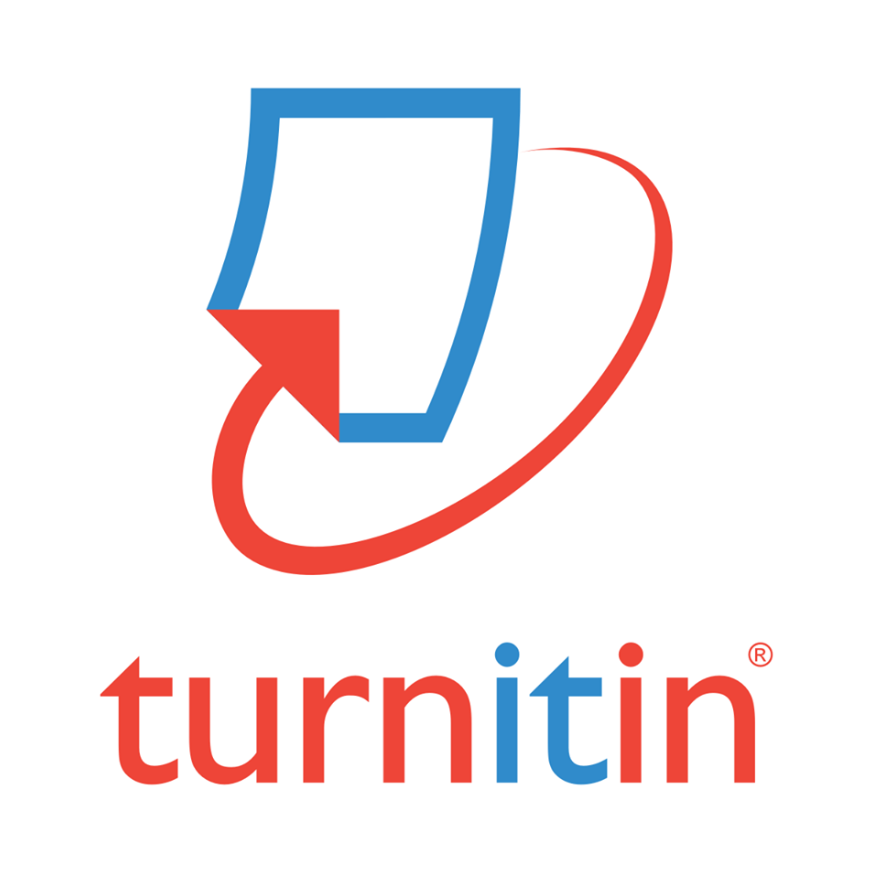Pemanfaatan Teknologi Bergerak Sebagai Media Pembelajaran Bagi Anak Usia Dini
Abstract
Abstrak: Saat ini, teknologi bergerak atau mobile technology mengalami perkembangan yang pesat yang bisa dimanfaatkan oleh para orang tua dan pendidik sebagai sarana pembelajaran, dimulai dari pengenalan literasi dan numerasi bagi anak usia dini. Namun, dalam pemanfaatan teknologi ini diperlukan pengawasan, karena di balik berbagai keunggulan yang ditawarkan terdapat kelemahan. Untuk mendukung efektifitas penggunaannya dalam lingkungan belajar untuk anak-anak, pendidik perlu memiliki pengetahuan yang luas agar siap dalam membuat keputusan tentang cara tepat menerapkan teknologi untuk memenuhi kebutuhan sosial, fisik, dan kognitif anak-anak usia dini.
Abstract: Currently, mobile technology is experiencing rapid development that can be used by parents and educators as a learning tool, starting with the introduction of literacy and numeracy for early childhood. However, the use of this technology requires supervision, because behind the various advantages offered there are weaknesses. To support its effective use in learning environments for children, educators need to have extensive knowledge in order to be ready to make decisions about how to appropriately apply technology to meet the social, physical and cognitive needs of early childhood.
Keywords
Full Text:
PDFReferences
Berson, I.R., & Berson, M.J. (Eds.). 2010. High-tech Tots: Children in a Digital World. Charlotte, NC: Information Age Publishing, Inc.
Center for Media Literacy. 2010. Adapting the Questions for Different Ages and Abilities. www.medialit.org.
Guernsey, L. 2010. “When Young Children Use Technology.” Early Ed Watch (blog), July 13 2010. http://earlyed. New america.net/blogposts/2010/when_young_children_use_technology-34279.
Merchant, G. 2007. ‘Digital writing in the early years’, in J. Coiro, M. Knobel, C. Lankshear & D. Leu (Eds.) New Literacies Research Handbook. Mahwah, NJ: Lawrence Erlbaum, pp. 755–778.
NAEYC. 2009. NAEYC Standards for Early Childhood Professional Preparation Programs: A Position Statement of the National Association for the Education of Young Children. Washington, DC: NAEYC. www.naeyc.org/files/naeyc/ file/positions/ProfPrepStandards09.pdf.
Price, T. 2012. “Our amazing Brain: Roadmap to Learning and Emotional Health”. http://staffweb.esc12.net/~mbooth /resources_general/school_nurses/2012_Conference_Materials/2_Price_Tony_AmazingBrain.pdf.
Rideout, V.J. 2007. Parents, Children, and Media: A Kaiser Family Foundation Survey. Menlo Park, CA: The Henry J. Kaiser Family Foundation. www.kff.org.
Refbacks
- There are currently no refbacks.
Copyright (c) 2016 Edcomtech

This work is licensed under a Creative Commons Attribution-ShareAlike 4.0 International License.
Edcomtech: Jurnal Kajian Teknologi Pendidikan published by Department of Educational Technology, Faculty of Education, State University of Malang in Collaboration with Asosiasi Program Studi Teknologi Pendidikan Indonesia (APS TPI) and Ikatan Profesi Teknologi Pendidikan Indonesia (IPTPI) with MoU.
Publisher Address:
Lab. Teknologi Pendidikan, Gd.E2, Lt.1
Fakultas Ilmu Pendidikan Universitas Negeri Malang
Jalan Semarang No 5, Kota Malang Kode Pos 65145
Email: edcomtech.fip@um.ac.id
========================================================================================================
| INDEXED BY | TOOLS | PLAGIARISM CHECK | ARTICLE TEMPLATE |
|

Edcomtech is licensed under a Creative Commons Attribution-ShareAlike 4.0 International License.
Edcomtech Statistics (Since July 13th, 2020)

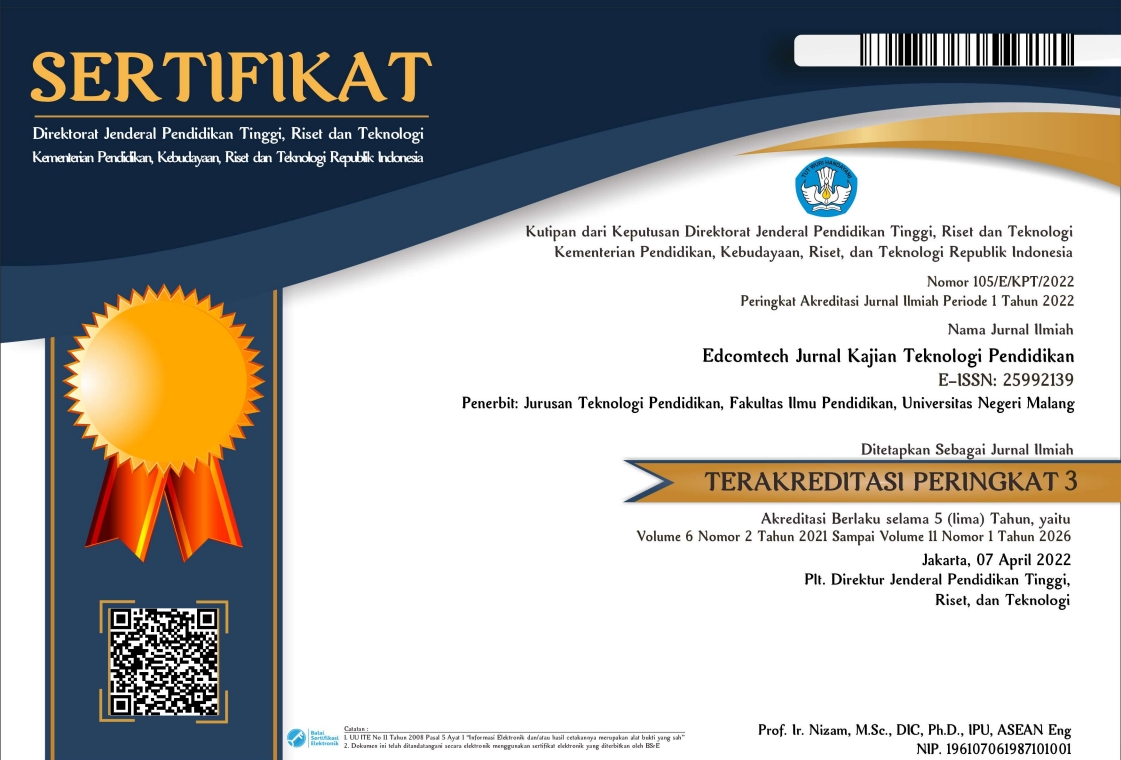
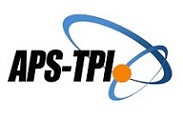
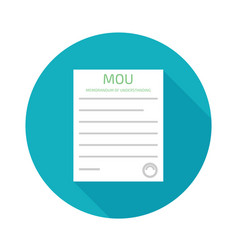

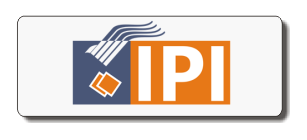

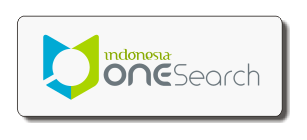



1.png)
